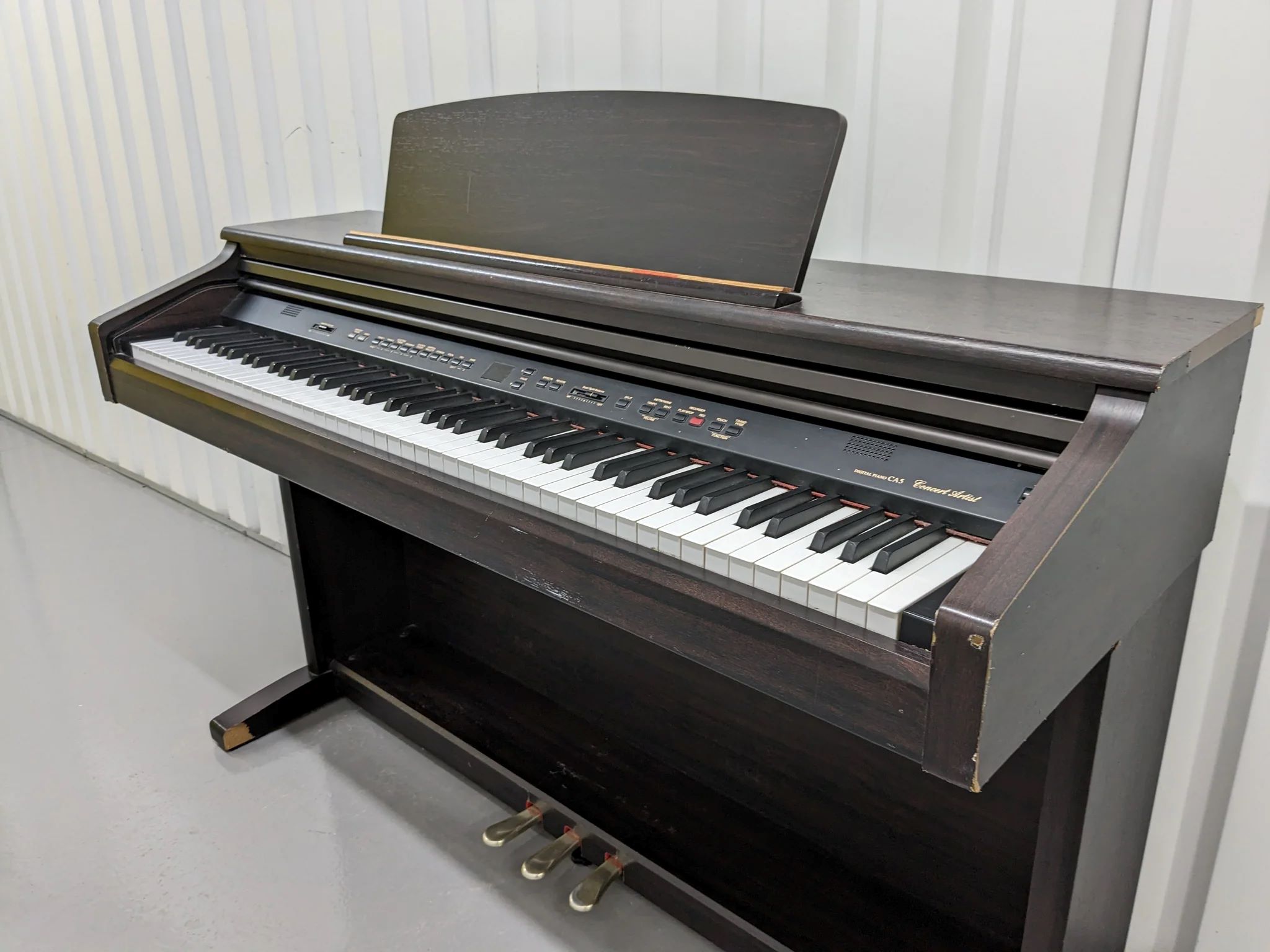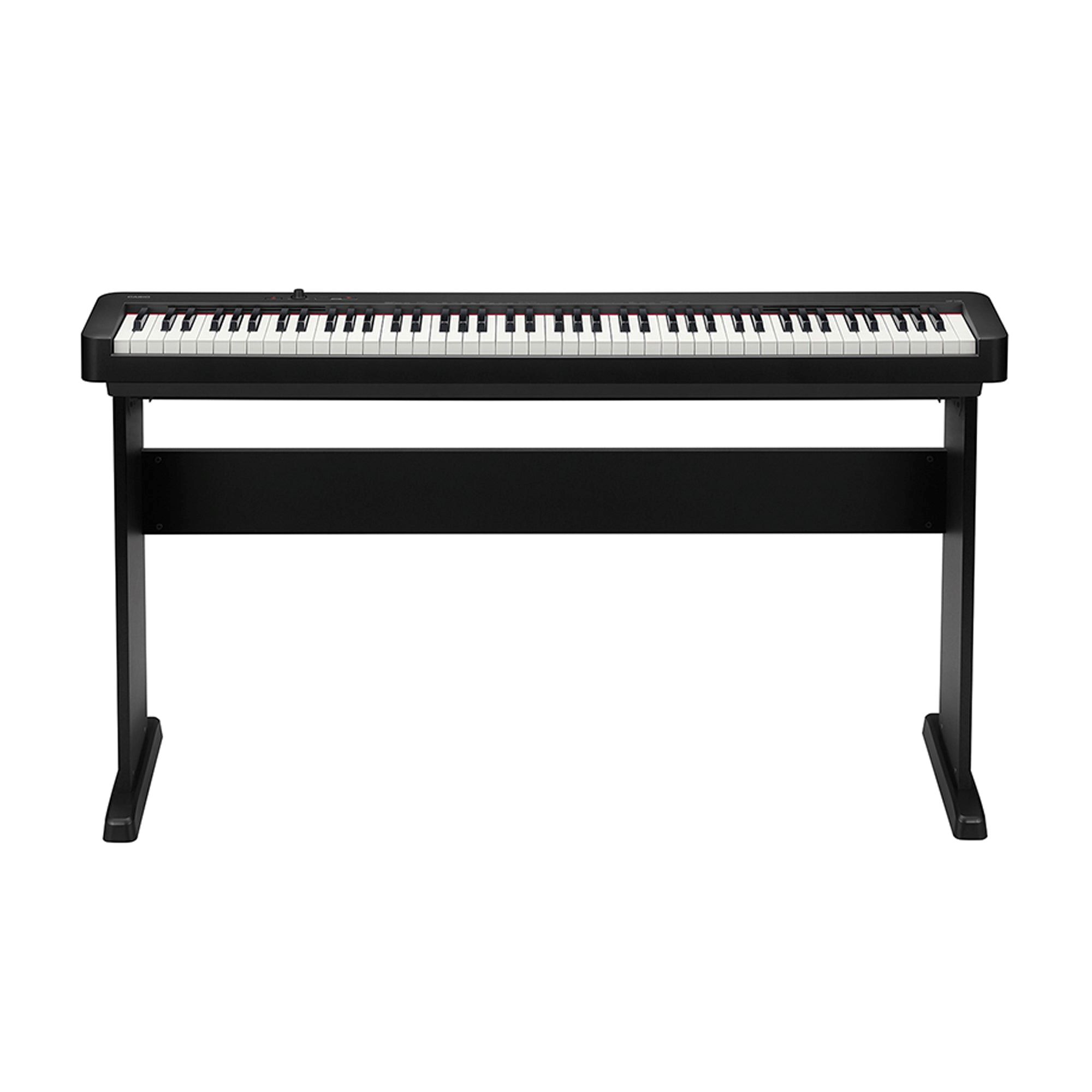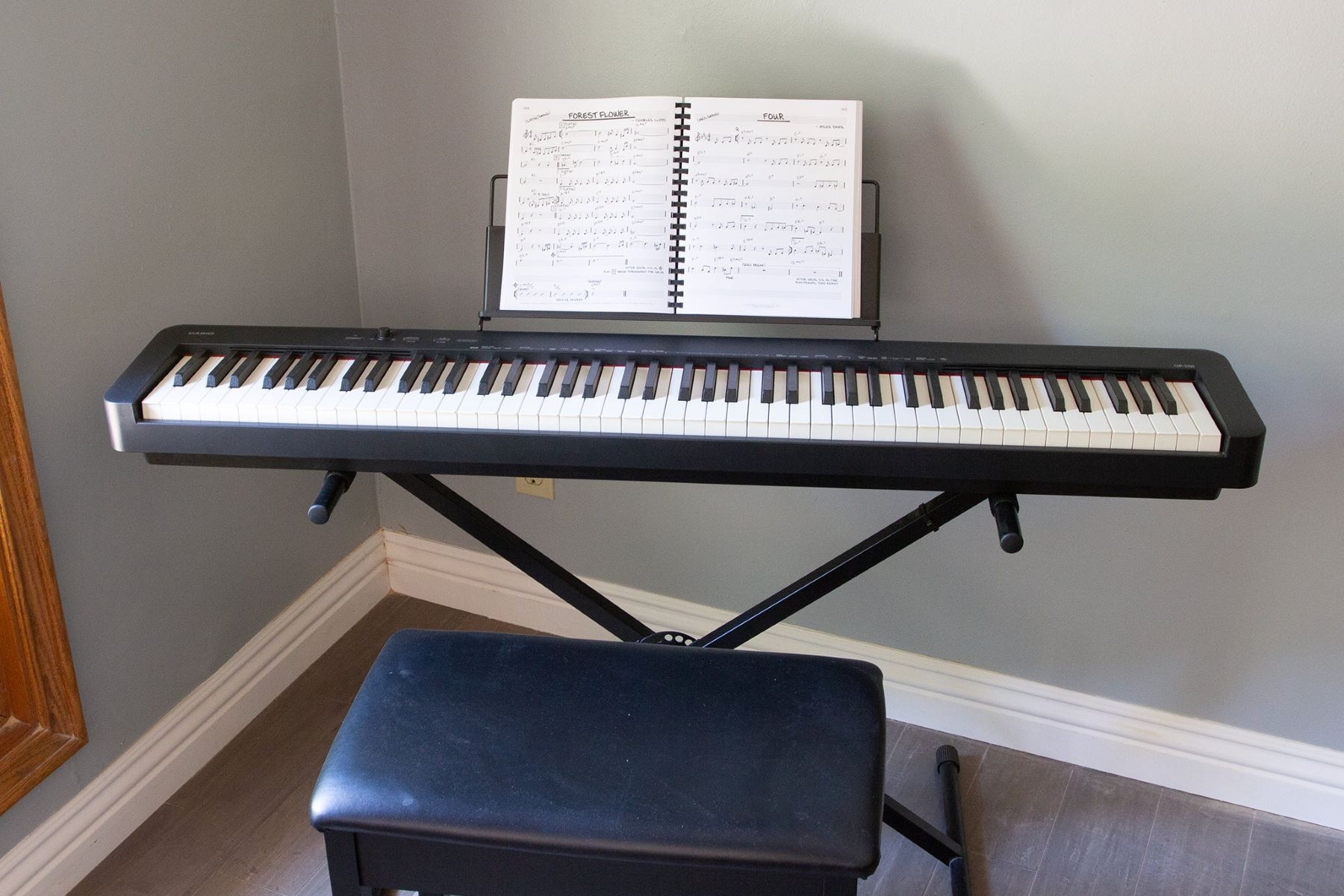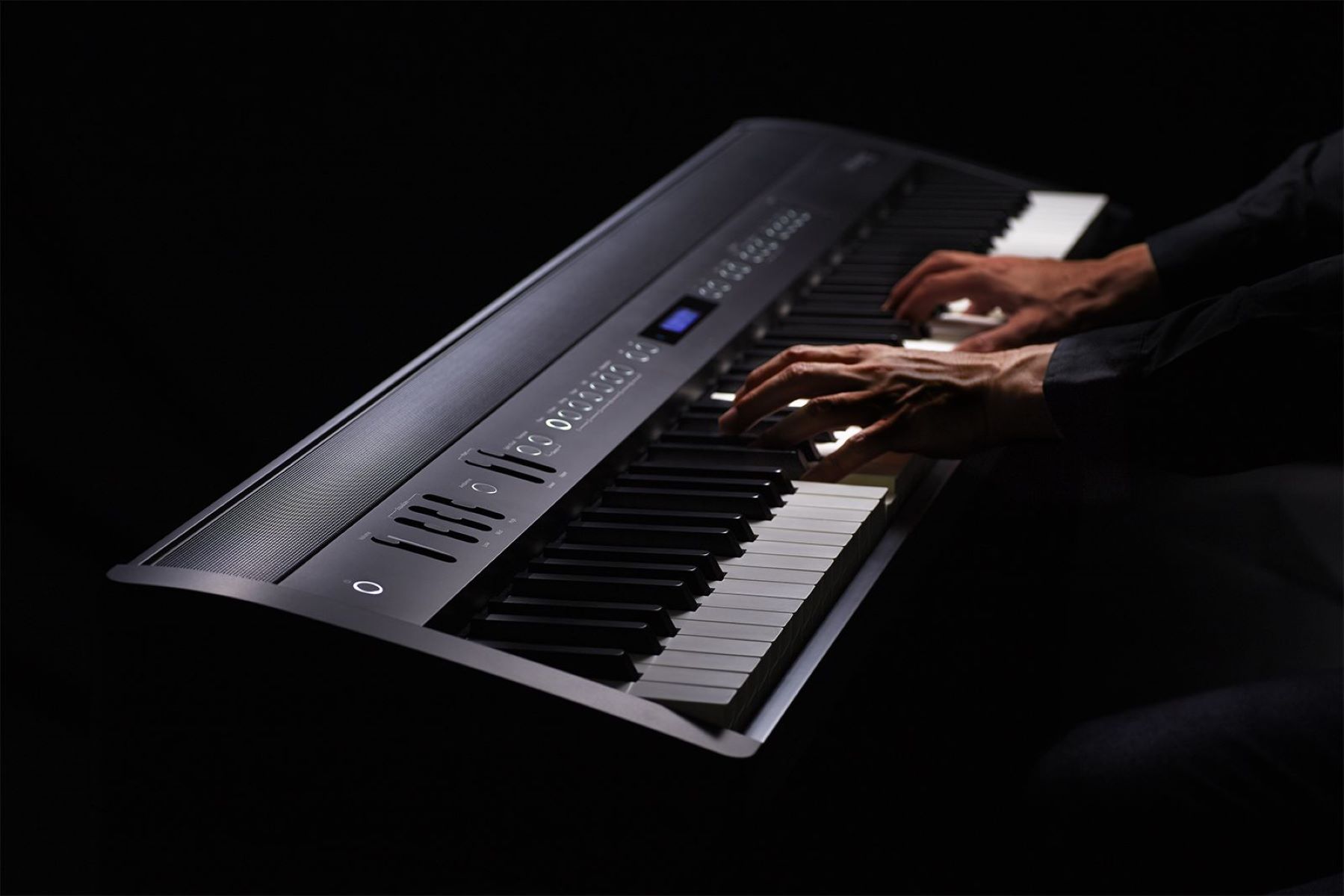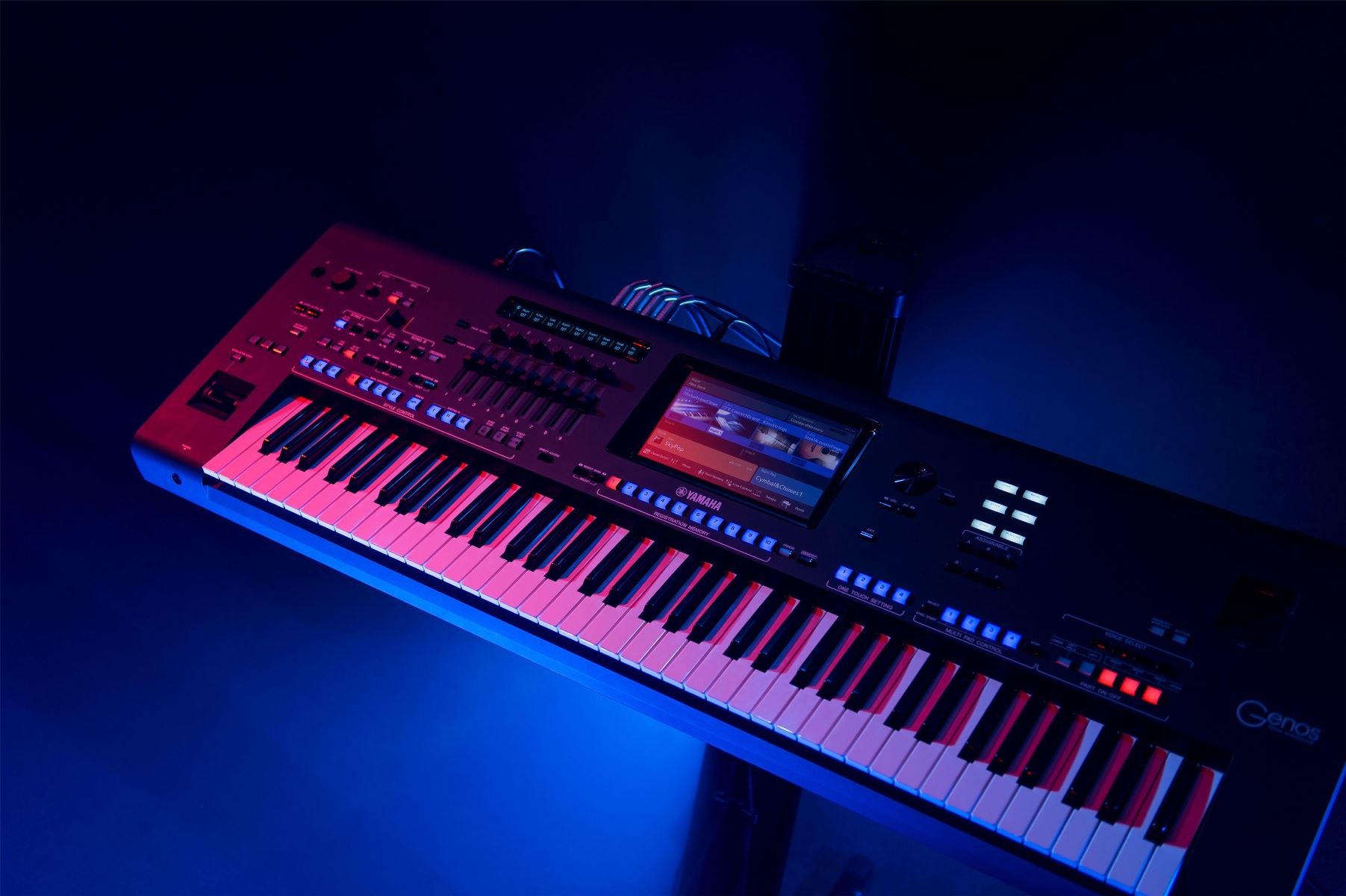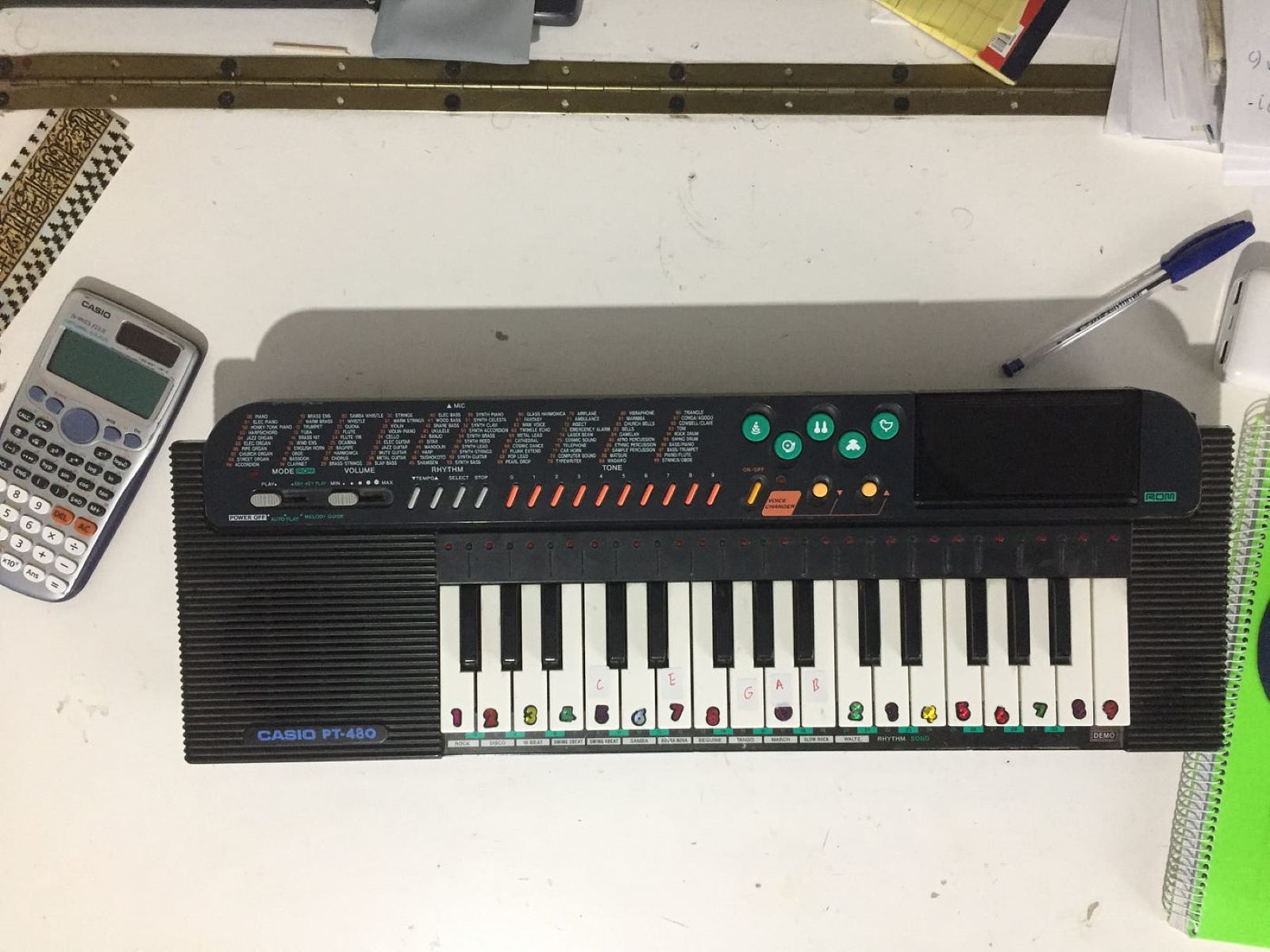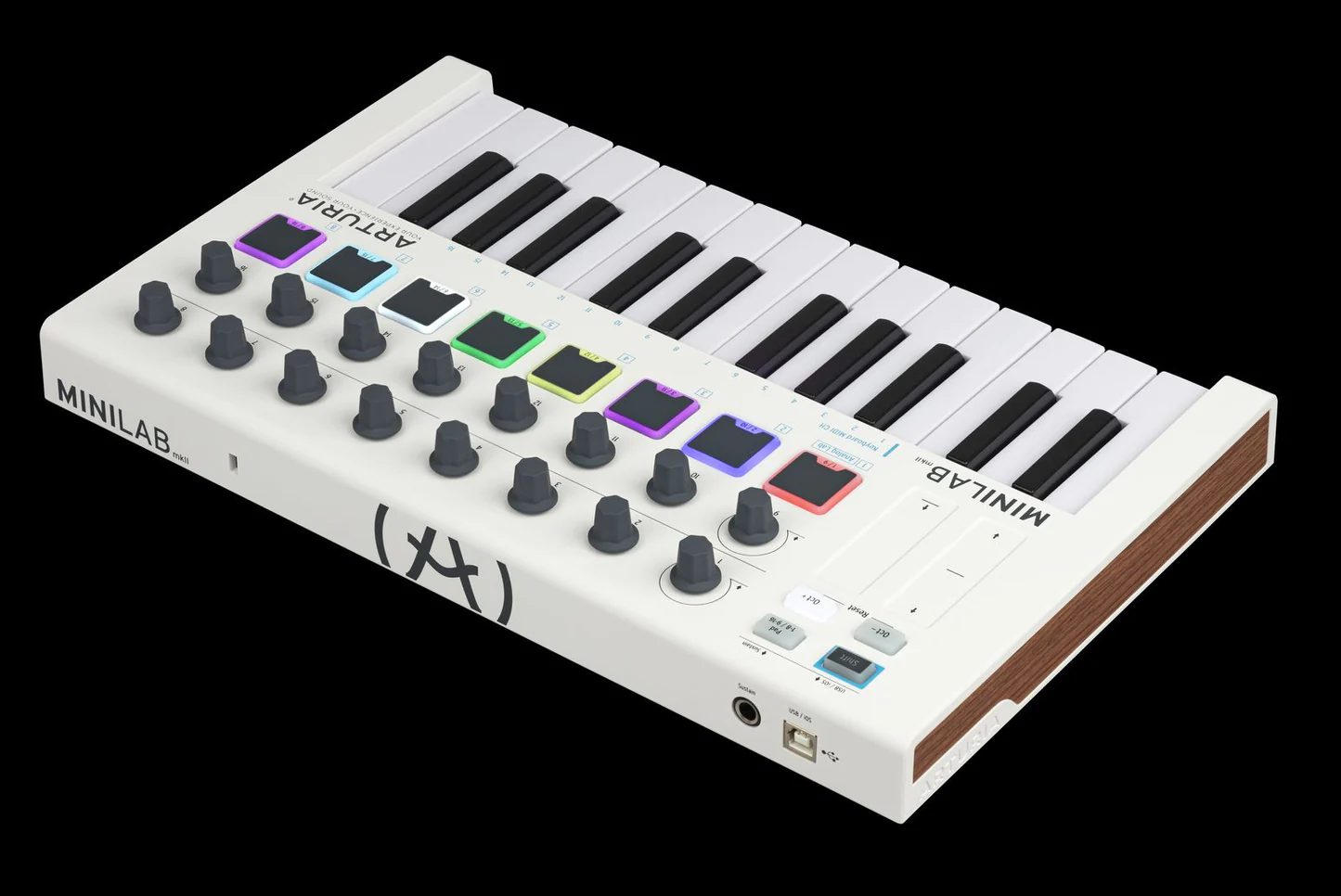Introduction
Understanding the Importance of the Sustain Pedal on a Digital Piano
The sustain pedal is an essential component of a digital piano, allowing musicians to create rich, resonant sounds by sustaining the notes they play. This pedal works by sustaining the sound even after the keys are released, adding depth and emotion to the music. However, like any other mechanical device, the sustain pedal on a digital piano may encounter issues over time, affecting its functionality.
In this guide, we will explore the common issues that can arise with the sustain pedal of a digital piano, as well as the steps to troubleshoot and resolve these problems. Whether you are a seasoned pianist or a beginner, understanding how to address sustain pedal issues can help you maintain the optimal performance of your digital piano and ensure a seamless playing experience.
By learning how to diagnose and address sustain pedal problems, you can avoid unnecessary frustration and expenses associated with professional repairs or replacements. Let's delve into the various aspects of sustain pedal troubleshooting and maintenance to keep your digital piano in top condition for your musical endeavors.
Understanding the Issue with the Sustain Pedal
Before delving into troubleshooting and fixing the sustain pedal on a digital piano, it is crucial to understand the potential issues that may arise. A malfunctioning sustain pedal can manifest in various ways, impacting the overall performance and musical expression of the instrument.
One common issue is the sustain pedal failing to sustain the notes as intended, resulting in a lack of resonance and prolonged sound. This can significantly hinder the pianist’s ability to produce expressive and fluid musical passages, affecting the overall quality of the performance.
Another issue that may arise is the sustain pedal producing unintended sustain or “sticking” notes, causing an overlap of sounds and disrupting the natural flow of the music. This can be particularly frustrating and distracting for the pianist, leading to a compromised playing experience.
Furthermore, the sustain pedal may exhibit erratic behavior, engaging and disengaging inconsistently or failing to respond to pedal movements effectively. Such inconsistencies can disrupt the pianist’s rhythm and musical interpretation, detracting from the intended musical expression.
Understanding these potential issues with the sustain pedal is crucial for identifying the root cause of the problem and implementing the appropriate corrective measures. By recognizing the symptoms of a malfunctioning sustain pedal, pianists can take proactive steps to diagnose and address the underlying issues, ultimately restoring the pedal’s functionality and preserving the musical integrity of their performances.
Checking for Physical Damage
When encountering issues with the sustain pedal on a digital piano, it is essential to conduct a thorough assessment for any physical damage that may be contributing to its malfunction. Physical damage can manifest in various forms and may directly impact the pedal’s functionality.
Begin by visually inspecting the sustain pedal for any signs of wear, breakage, or misalignment. Check for visible cracks, fractures, or warping in the pedal’s structure, as these issues can impede its smooth operation. Additionally, inspect the pedal’s hinges, springs, and connecting mechanisms for any signs of damage or dislodgment.
Next, examine the pedal’s cable and connector for any fraying, kinks, or loose connections. Damage to the cable or connector can disrupt the signal transmission between the pedal and the digital piano, leading to erratic pedal behavior or complete failure to sustain the notes.
If the sustain pedal is designed to be detachable, carefully remove it from the digital piano and inspect the underside for any foreign objects, debris, or obstruction that may be interfering with its movement or sensor functionality. Clean the contact points and sensors to ensure optimal connectivity and responsiveness.
Furthermore, check the surrounding area of the sustain pedal for any spilled liquids, dust accumulation, or environmental factors that may have contributed to its impairment. Environmental contaminants can affect the pedal’s internal components and sensors, compromising its performance.
By systematically examining the sustain pedal for physical damage and environmental influences, pianists can identify potential sources of malfunction and take appropriate measures to address them. Addressing physical damage promptly can prevent further deterioration of the sustain pedal’s functionality and contribute to the overall longevity of the digital piano.
Cleaning the Sustain Pedal
Regular maintenance and cleaning of the sustain pedal are essential for preserving its functionality and ensuring optimal performance on a digital piano. Over time, dust, dirt, and debris can accumulate within the pedal mechanism, affecting its responsiveness and overall operation. By incorporating a cleaning regimen, pianists can mitigate potential issues and prolong the lifespan of the sustain pedal.
Commence the cleaning process by unplugging the digital piano to ensure safety and prevent electrical hazards. If the sustain pedal is detachable, carefully remove it from the piano for easier access during the cleaning procedure.
Using a soft, dry cloth, gently wipe the exterior surfaces of the sustain pedal to remove any surface dust and smudges. Pay close attention to the pedal’s hinges, base, and footpad, ensuring thorough removal of accumulated debris that may impede its movement.
For more intricate cleaning, consider using a small brush or compressed air to dislodge and remove debris from the pedal’s crevices and moving parts. This meticulous approach can effectively eliminate stubborn dirt and foreign particles that may hinder the pedal’s smooth operation.
If the sustain pedal features exposed sensors or contact points, use a specialized electronic contact cleaner or isopropyl alcohol along with a cotton swab to gently clean these components. Carefully remove any residue or buildup that may compromise the pedal’s electrical connectivity and responsiveness.
Inspect the pedal’s cable and connector for any debris or contamination, ensuring that they are free from obstructions and residue. Clean the cable and connector using a dry cloth or compressed air to maintain reliable signal transmission between the pedal and the digital piano.
Once the cleaning process is complete, reattach the sustain pedal to the digital piano, ensuring a secure connection. Power on the piano and test the sustain pedal to verify its improved responsiveness and functionality following the cleaning procedure.
By incorporating regular cleaning into the maintenance routine, pianists can safeguard the sustain pedal against performance issues stemming from dirt and debris accumulation. This proactive approach promotes consistent pedal operation and contributes to the overall enjoyment and longevity of the digital piano.
Adjusting the Sustain Pedal Settings on the Digital Piano
In some instances, issues with the sustain pedal on a digital piano may be attributed to incorrect pedal settings or calibration. Digital pianos often feature adjustable settings that govern the behavior and responsiveness of the sustain pedal, allowing pianists to customize its functionality to suit their playing style and preferences.
Begin by accessing the digital piano’s settings or menu system to locate the sustain pedal settings. Depending on the model and manufacturer, these settings may be found within the piano’s interface or accessed through a dedicated software application or menu.
Once the sustain pedal settings are accessible, review the available options for adjusting its behavior. Common settings may include pedal polarity, pedal sensitivity, and sustain duration, among others. These parameters allow pianists to fine-tune the pedal’s response to align with their playing dynamics and performance requirements.
Adjust the pedal polarity setting if the sustain pedal behaves inversely, sustaining notes when it should release them, and vice versa. By modifying the polarity setting, pianists can rectify any inconsistencies in the pedal’s operation and ensure that it aligns with their intended playing technique.
Next, consider adjusting the pedal sensitivity to accommodate variations in playing dynamics and the force applied to the sustain pedal. Fine-tuning the sensitivity setting can enhance the pedal’s responsiveness, allowing for nuanced control over sustained notes and musical expression.
Explore the sustain duration setting to regulate the length of time for which notes are sustained when the pedal is engaged. This setting can be adjusted to suit the pianist’s preferences, providing flexibility in shaping the musical phrasing and articulation during performances.
After making adjustments to the sustain pedal settings, thoroughly test the pedal’s functionality to assess the impact of the modifications. Play a variety of musical passages and observe how the sustain pedal responds to different playing techniques and dynamics, ensuring that it aligns with the desired performance outcomes.
By proactively adjusting the sustain pedal settings on the digital piano, pianists can tailor the pedal’s behavior to complement their playing style and musical interpretations. This personalized approach fosters a more intuitive and expressive playing experience, enhancing the overall musicality of performances on the digital piano.
Replacing the Sustain Pedal
When all troubleshooting efforts fail to resolve the issues with the sustain pedal on a digital piano, the option of replacing the pedal may become necessary. Whether due to irreparable damage, persistent malfunctions, or wear and tear over time, replacing the sustain pedal can rejuvenate the functionality of the digital piano and restore optimal performance.
Before proceeding with the replacement, it is essential to source a compatible sustain pedal designed for the specific make and model of the digital piano. Manufacturers often offer original replacement parts, ensuring seamless integration and compatibility with the instrument’s existing pedal interface.
Begin by unplugging the digital piano and carefully removing the existing sustain pedal from its designated connection port. If the pedal is secured with screws or fasteners, use the appropriate tools to detach it from the piano, exercising caution to avoid damage to the surrounding components.
Inspect the pedal’s connection cable and connector for any signs of damage or wear. If the issue is attributed to a faulty cable or connector, consider replacing these components as well to ensure a comprehensive restoration of the sustain pedal’s functionality.
Align the replacement sustain pedal with the designated connection port on the digital piano, ensuring a secure and snug fit. If the pedal features fastening mechanisms, follow the manufacturer’s guidelines for proper installation, taking care not to overtighten the securing screws or hardware.
Once the new sustain pedal is in place, power on the digital piano and verify the functionality of the replacement pedal. Test its responsiveness and sustain capabilities across different musical passages and playing techniques to ensure that it operates as intended.
After confirming the successful replacement and functionality of the new sustain pedal, securely fasten any screws or hardware, if applicable, to stabilize the pedal in its designated position. Conduct a final test to validate the sustained notes and overall performance of the digital piano with the newly installed sustain pedal.
By opting for a replacement sustain pedal, pianists can effectively address persistent issues and restore the full functionality of their digital piano. Utilizing genuine replacement parts and following proper installation procedures ensures a seamless transition and facilitates uninterrupted musical expression on the instrument.
Conclusion
Addressing sustain pedal issues on a digital piano is essential for maintaining the instrument’s performance and ensuring a seamless playing experience. By understanding the potential problems, conducting thorough assessments for physical damage, and implementing troubleshooting measures, pianists can effectively restore the functionality of the sustain pedal and preserve the musical integrity of their performances.
Regular maintenance, including cleaning the sustain pedal and adjusting its settings, contributes to the longevity and optimal operation of the digital piano. By incorporating these proactive measures into the instrument’s care regimen, pianists can mitigate potential issues and sustain a consistent level of performance quality.
In cases where troubleshooting efforts prove ineffective, the option of replacing the sustain pedal offers a comprehensive solution to persistent malfunctions and irreparable damage. Utilizing genuine replacement parts and following proper installation procedures ensures a seamless transition and facilitates uninterrupted musical expression on the instrument.
Ultimately, maintaining a functional sustain pedal on a digital piano empowers pianists to explore expressive musical interpretations and deliver captivating performances. By addressing sustain pedal issues with diligence and care, pianists can uphold the instrument’s sonic capabilities and enjoy a fulfilling and immersive musical journey.
Embracing a proactive approach to sustain pedal maintenance and troubleshooting not only enhances the digital piano’s performance but also fosters a deeper connection between the pianist and their instrument, enabling the realization of artistic visions and musical aspirations.







